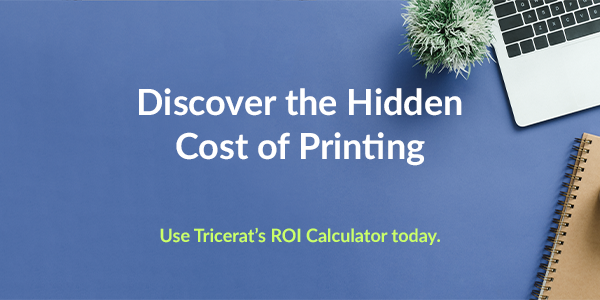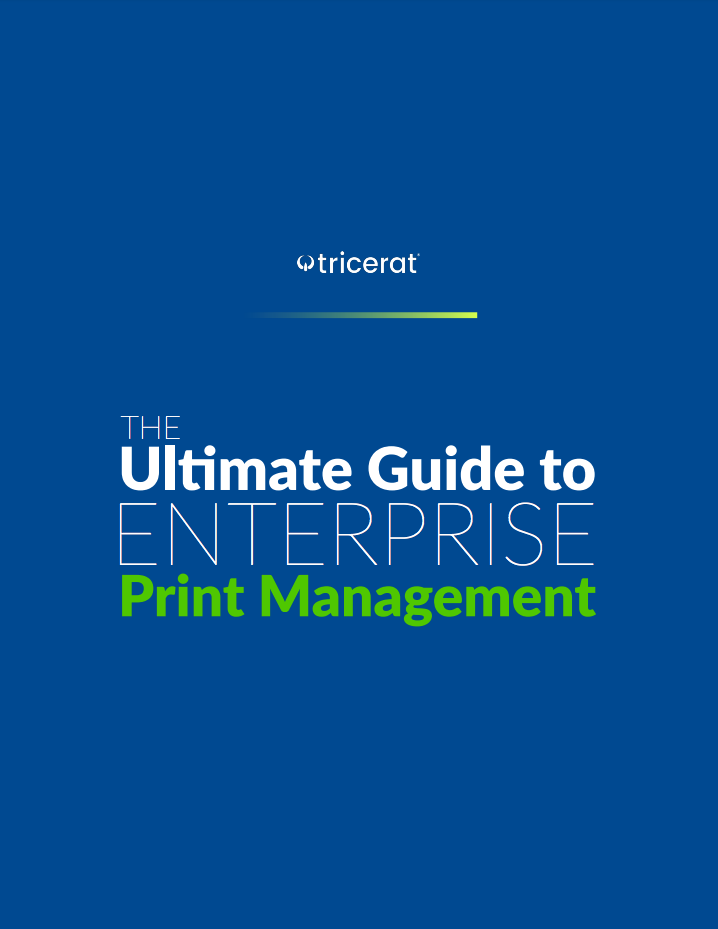Apple, Android, Microsoft, and Google Chrome - It's safe to say these are some of the most successful giants in the tech game. And what is one thing that they all have in common? Each have operating systems that implement Evergreen IT models. Unsurprisingly, the approach has been gaining traction in recent years. According to Access IT Automation, Evergreen IT has the power to shift an organization's focus from "keeping the lights on" to "driving a digital transformation."
Access IT Automation defines Evergreen IT as "a modern IT management approach that emphasizes making small, iterative updates to an organization's IT landscape (including desktop hardware, operating systems, products, applications, and server infrastructure) on an ongoing basis rather than undertaking isolated big bang migrations." The company also believes it has the power to make an organization "more agile, competitive, and secure as the IT estate is always up-to-date and compliant. To be successful, Evergreen IT requires tighter lifecycle management, executive buy-in, continuous budget, and a rethinking of internal processes, people, and technology."
Lakeside, a company recognized as a market leader in the Forrester New Wave: End-User Experience Management, facilitated a great discussion of Evergreen IT in a blog article about how to migrate to Evergreen IT. They referenced the five stages that a traditional operating system migration could be broken into:
However, "in an Evergreen IT model, these stages are now... exactly the same," Lakeside reports. As Microsoft once explained, Evergreen IT encompasses services at the user level and all of the underlying infrastructures, whether on-site or outsourced, so the IT model provides many advantages for organizations. "It holds promise for reducing the resources and energy they need to expand on providing the up-to-date and flexible services that their users are demanding," Microsoft says.
Aside from reducing the time and effort IT teams have to dedicate to updating software and patching over changes, Evergreen IT is not vulnerable to changing landscapes. The model is designed to automatically update, giving it flexibility to grow alongside the industry and minimizing the need for massive overhauls.
Evergreen IT also helps organizations cut costs. Templafy, a template management company, provided a perfect example of this in their article. "Gartner predicts companies have estimated cost of $1035 - $1930 per user to replace Windows XP with Windows 7. With SaaS, external sources lead on-demand, self-updating IT infrastructure, migration procedure headaches are no longer a cost or resource your team needs to factor in."
The model is also much more secure. Older technology is more prone to hackers, so constantly having the very latest and most secure software will help keep your company safe. This is a very important factor as cyberattacks become increasingly advanced and frequent by the day.
Finally, Evergreen IT helps keep organizations competitive. If an organization is slowed down by more manual workflows, while its competitors have the most updated products, streamlined workflow, and increased productivity, it is certain that the "evergreen" approach will far surpass the "deciduous."

While some organizations may be hesitant of Evergreen IT due to migration costs or having to adopt a software publisher strategy and give the "reigns" to an outside source, as we move into a more cloud-based world by the day, it becomes increasingly clear that agile, adaptable IT strategies are going to be the most successful. Templafy put it best in their depiction of Evergreen IT: "[It] is a central belief that a company’s hardware and software should always be up to date, iterating its systems to adhere to the latest industry versions. Being the most modern version of itself, this technology brings about time-and-resource-saving efficiencies that mean the output delivered is at (or ideally beyond) the level of user expectation."
It makes sense that Evergreen IT can save time, cut costs, increase security, and keep companies competitive. And if the approach helps surpass user expectations on top of that, Evergreen IT is certainly a model that could redefine the industry.
